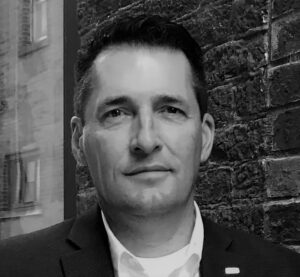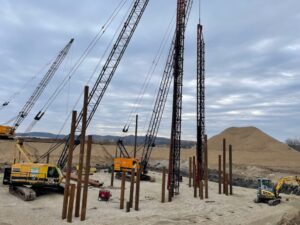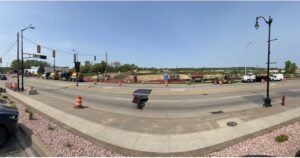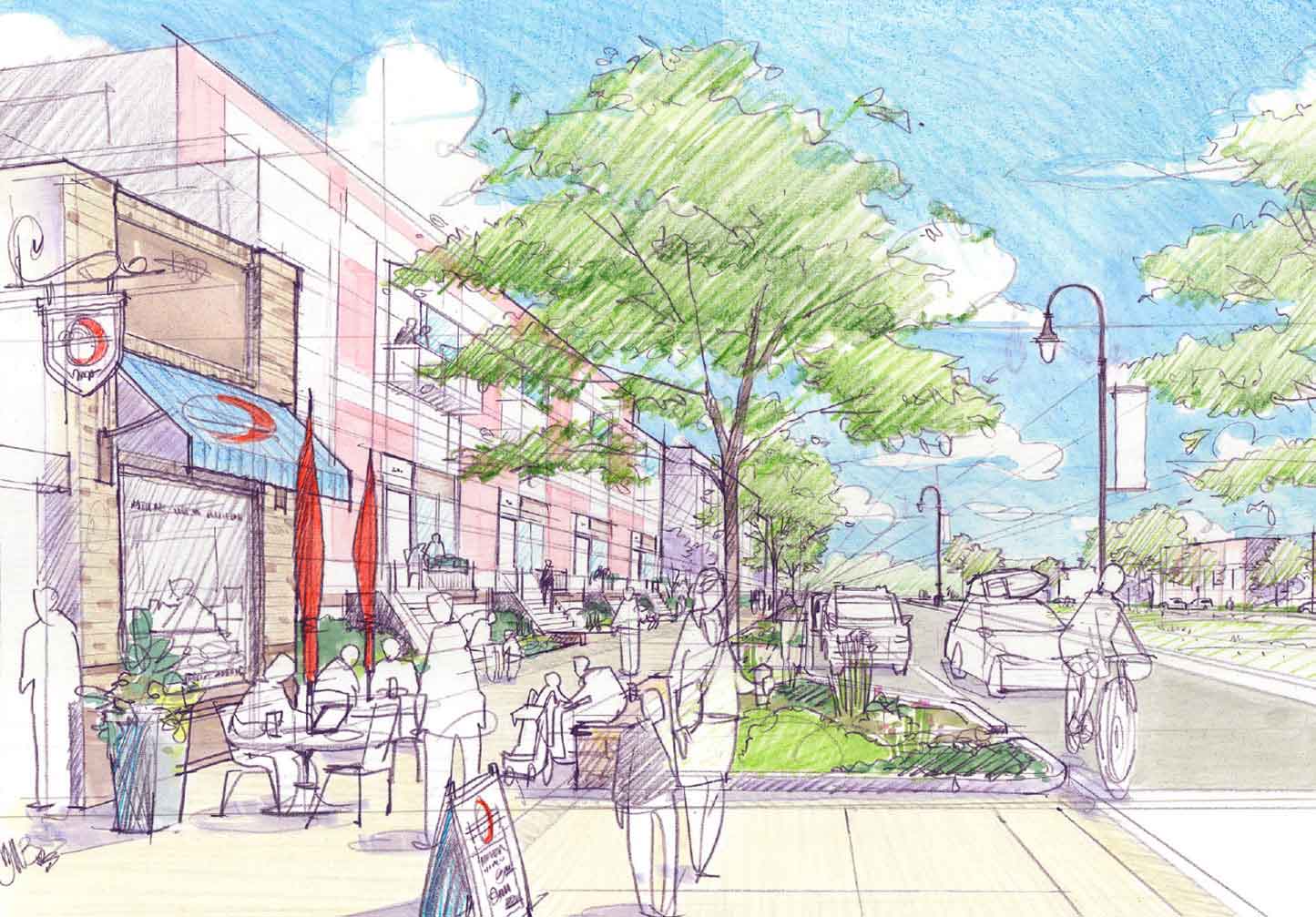Q&A


With Jason Gilman, (left) Principal, JBG Planning LLC and Project Manager of River Point District, La Crosse, WI and Erik Henningsgard, (right) Senior Professional Engineer, Short Elliott Hendrickson Incorporated
Q: How does the system at RPD differentiate itself from the urban systems of the past?
A: Generally stormwater was in the early discussions given the stakeholders wanted to be good stewards of the landscape, especially this environment with its confluence of the rivers and the early involvement allowed for sensitive design rather than an afterthought.
Q. Does the system offer a higher standard of water quality?
A. Water quality was the main objective of the system: TSS Total Suspended Solids requirements achieved are higher than the required minimums. The underground tank operates the same as an above ground basin in filtering water, except that it values the real estate above, is more aesthetic, removes the floatables and other pollutants from being visible from the public.
Q. How does the system’s compact design favor the environment from the alternative of having multiple systems at each development site?
A. Footprint is more compact because no side slopes are needed, and water quality led design considers average annual rainfall. Tank also prevents backflow from larger river flooding events and does not allow fish to get trapped in the system.
Q. How does the system work?
A. Sediment and other pollutants are able to settle out and get trapped in the system prior to the system discharging to the river.
Also, hatches at the surface can be opened to clean out the sediment with a vac-truck or bucket, frequency depends on monitoring the level of sediment, it could be between 1 and 20 years depending on the contributing watersheds.
Q. Are there any direct or non-direct climate change mitigation impacts to the system?
A. The finished floor grades of future development are required to be at the 500-year flood elevation, which is an additional 2 feet higher than the regulatory elevation. The higher building elevations add climate resiliency to this major development.
Q. What are the anticipated operating costs of the system annually?
A. It is variable depending on monitoring and sediment loads. This is cutting edge technology for urban redevelopment as it respects the value of real estate, aesthetics, common management, flood resiliency, nearby natural systems, economy of scale, efficiency in centralized location and O&M (one inspection versus many).



